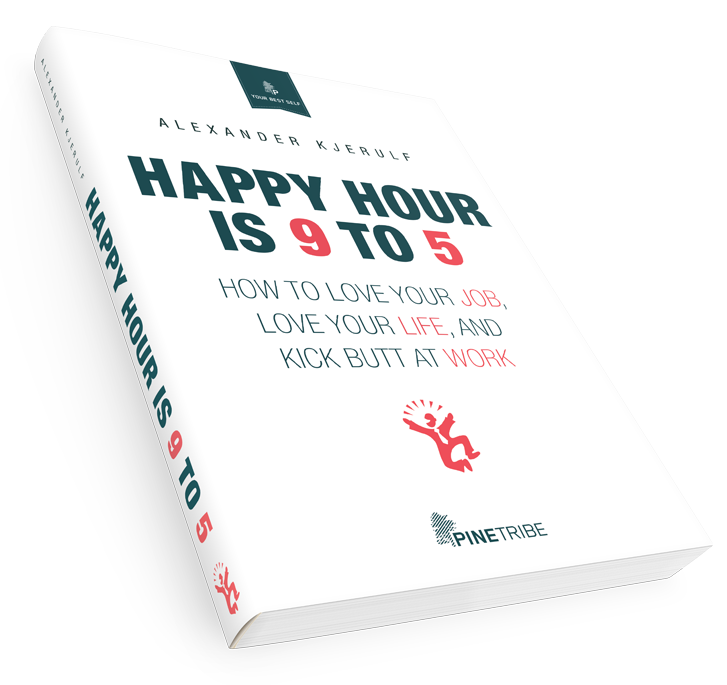
I once worked with a large insurance company, where the claims handling employees were measured on a number of factors, including average customer wait time on the phone. This is a very typical metric or KPI for call centers and customer service centers but it suffers from one fundamental flaw: That number is outside of the control of the employees.
The math is simple: Wait time depends on how many calls come in minus the number of calls employees handle. The latter is something employees can control, the first one is completely outside of their control.
Wait times = calls coming in – how many calls we handle.
In the case of this insurance company, employees were busy and wait times were going up because of the weather. An unusually wet summer had resulted in several floods all of which lead to a massive increase in the number of calls coming in.
As an employee of this insurance company you have very little influence on the weather and yet your performance rating is directly affected by it. This is patently unfair and a surefire recipe for unhappiness, frustration and stress at work.
What happened in this case was that the claims handling employees would get a weekly email with a red graph showing how much they were falling behind on their KPIs. This graph was also proudly displayed in all offices and in the cafeteria and covered in every department meeting. And every week it just got worse, even though the team was doing their very best and working as hard as they possibly could.
Even though all employees and leaders knew that the weather was to blame, this still significantly lowered morale and created a lot of stress.
Workplaces everywhere are giving employees metrics and KPIs in the hope of measuring and ultimately increasing performance. I am incredibly sceptical of this whole approach, but it is especially damaging when your performance is rated on factors you do not control.
We know from any number of studies that a lack of perceived control and self-efficacy leads to frustration and stress so if your workplace has to have metrics, at least make sure that no one is measured on factors they have no control over.
And remember: It’s not enough for the metric to be partly under your control. If just one component of a metric is outside of your control, the whole metric is. In the example above, even though the number of calls employees handle is something they can control, the weather clearly is not and therefore the whole metric is suspect.
In the case of this insurance company, we got them to scrap that metric and instead focus only on the number of calls handled – which is something employees control directly. This made the employees much happier at work which in turn made them more productive and the number of calls handled actually increased week by week.
Your take
What metrics and KPIs are you measured on? Are they inside or outside of your own control? Do you find them generally beneficial, ie. that they make work more pleasant and help you do a better job or generally detrimental?



Leave a Reply